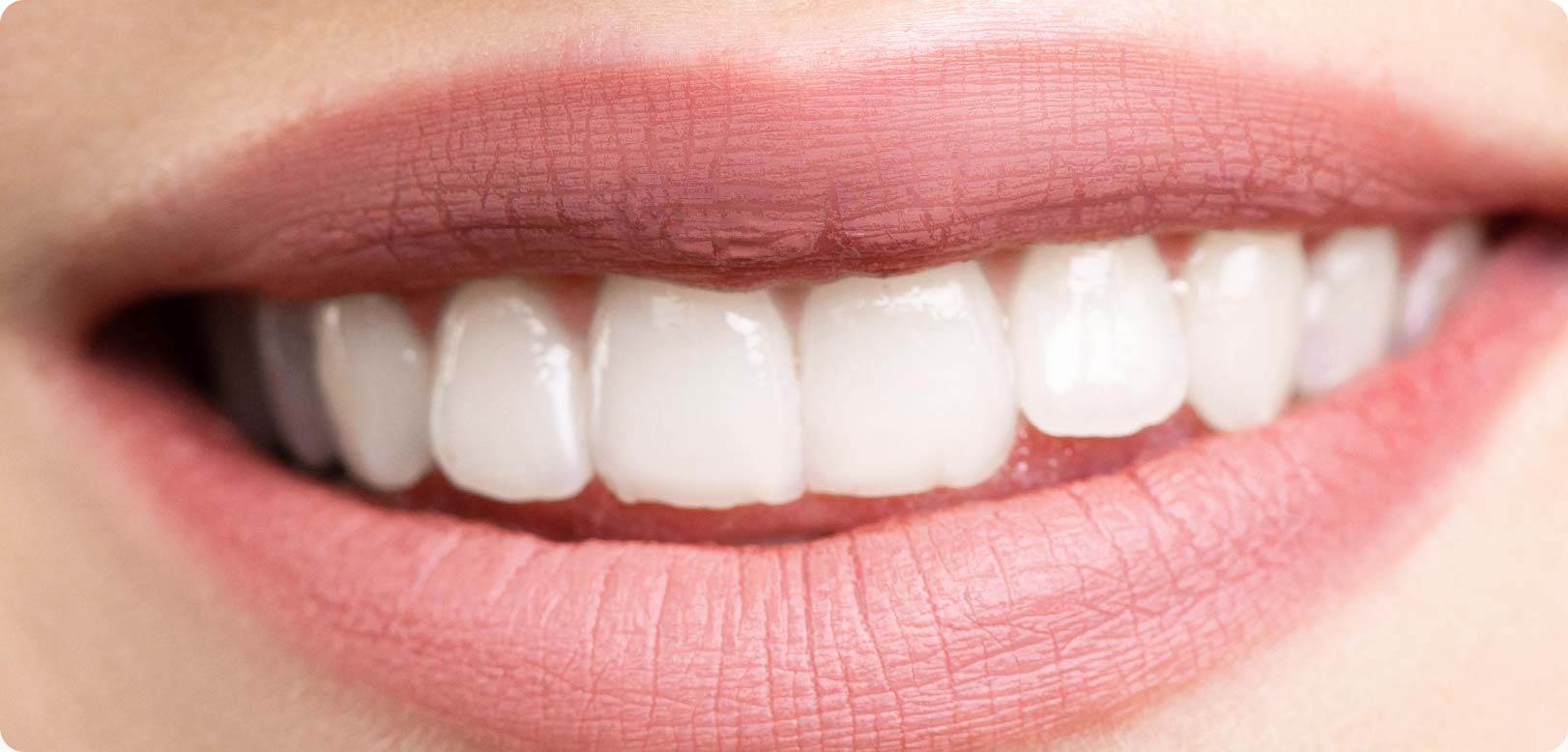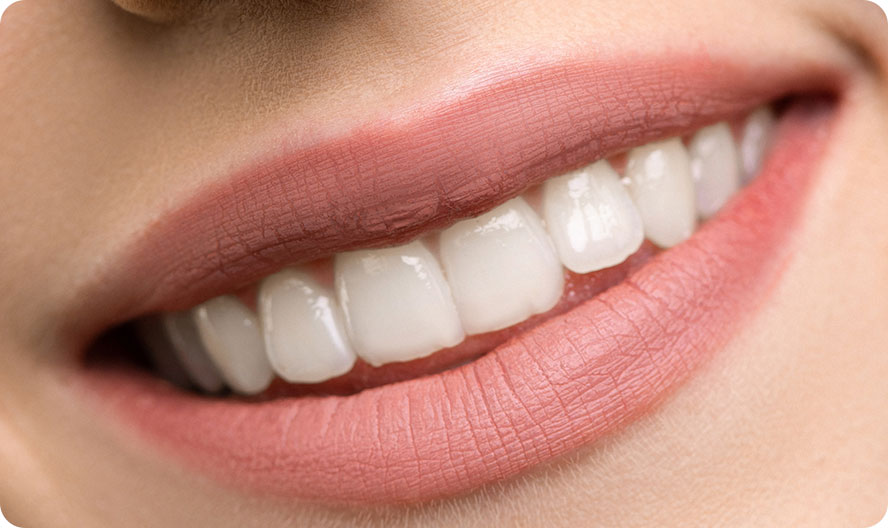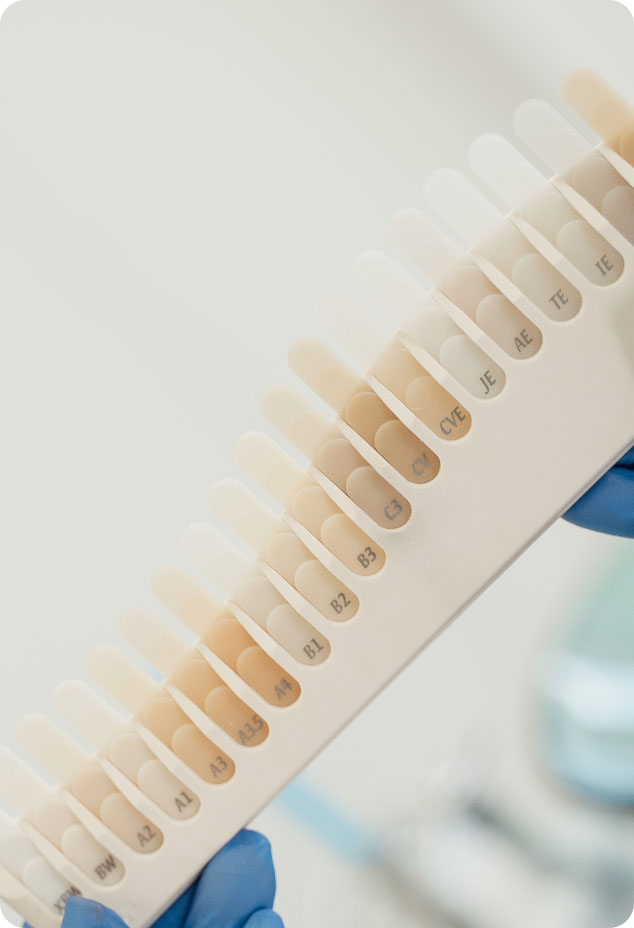Treatment is minimally invasive and painless
Whitening
This simple cosmetic dentistry procedure is used to lighten enamel and dentin discolorations through the use of a hydrogen peroxide-based gel (oxygenated water).
You should schedule your whitening treatment to follow your bi-annual professional cleaning, this will remove plaque and tartar so the treatment application is even on your enamel.
After your teeth are cleaned and dried, your mouth will be protected before the whitening process begins.
Treatment
The first is carried out entirely in the office in one or two sessions. The dentist makes a custom-made flexible plastic tray from an impression of the dental arches, which is then filled with the highly concentrated whitening gel. The application time can vary from 20 to 90 minutes, depending on the initial condition of the tooth.
In some cases, the dentist may find it useful to use a special light to accelerate the brightening process. It should be noted that the treatments performed are painless.
Bleaching
It is first implemented in the office with the preparation of the same mouth trays and continued at home using a lower dose of hydrogen peroxide gel. The mouth trays are preferably worn during the day and can last between 15 minutes and one hour per day, depending on the dentist’s prescription.
The tooth whitening technique is not recommended for pregnant women and children under 18.
Treatment is generally not recommended in the following cases:
- you have periodontitis or gingivitis
- you have just had a cavity filled or a root canal
- if you have sensitive teeth, treatment may make this worse
- if you smoke, the treatment may not be effective


